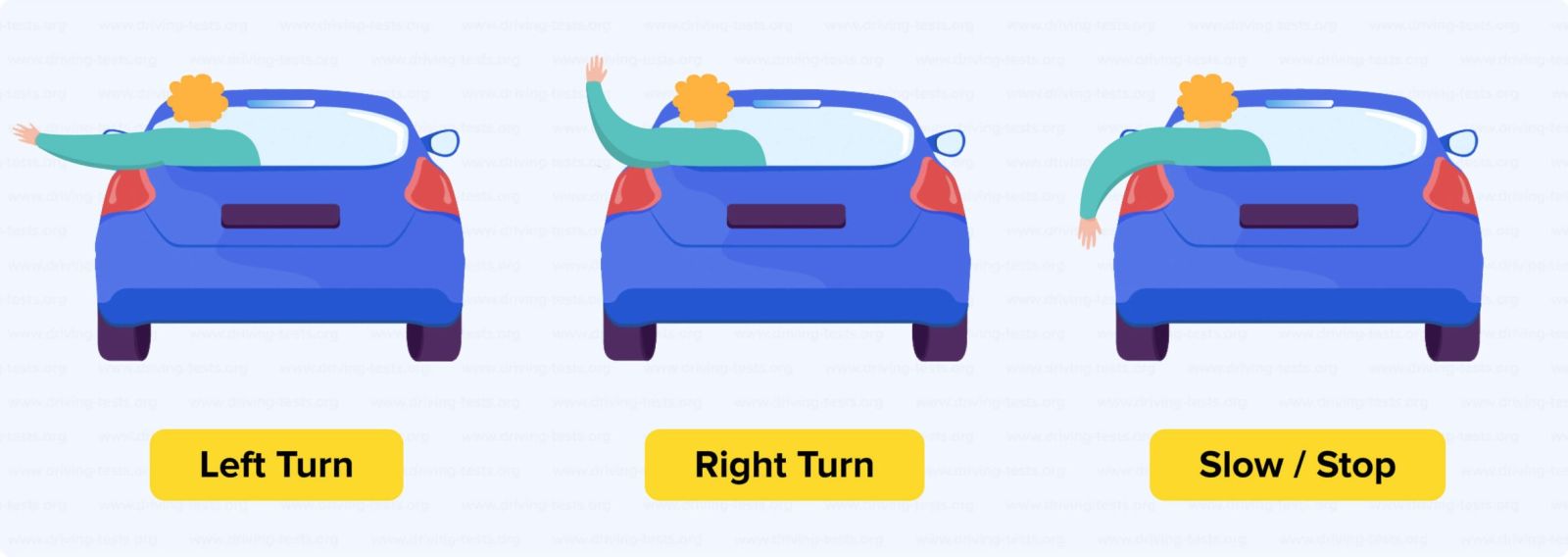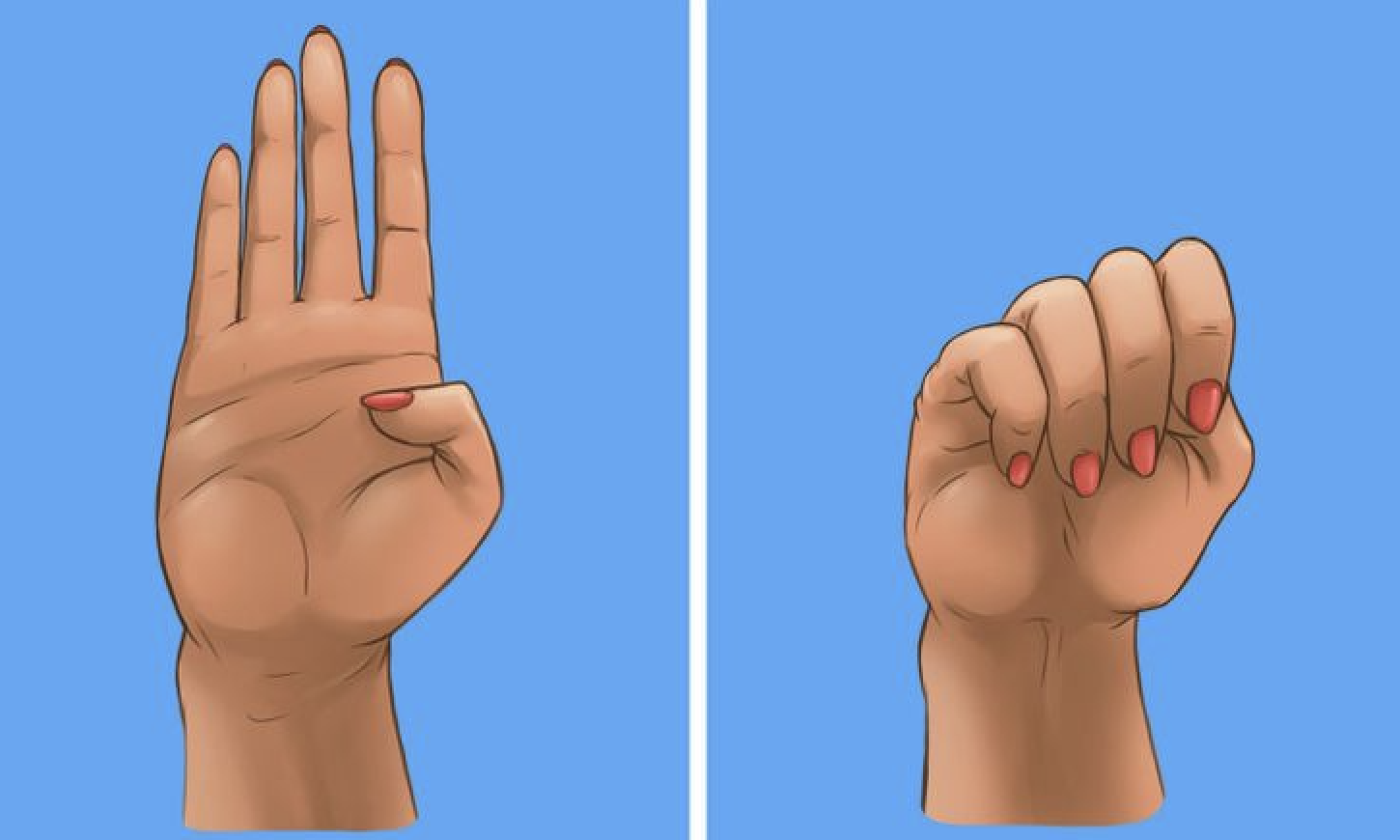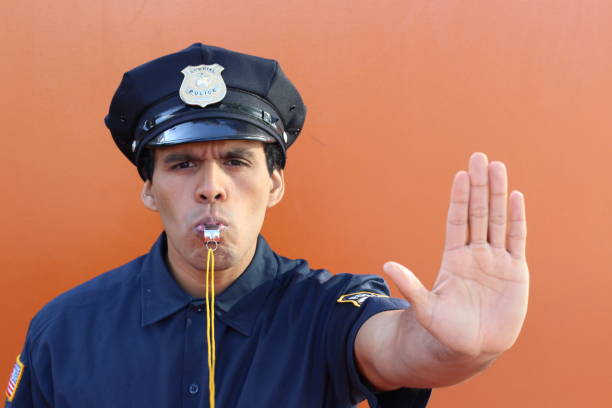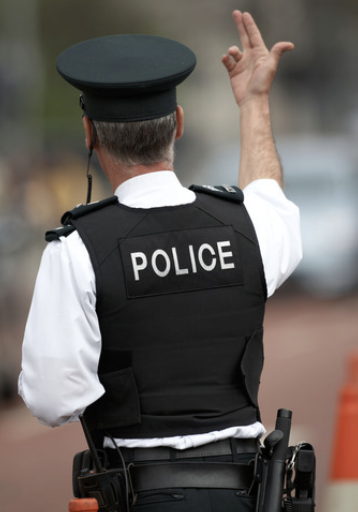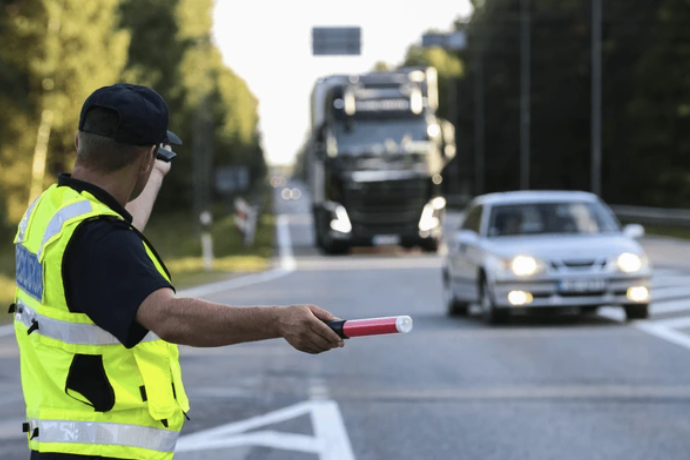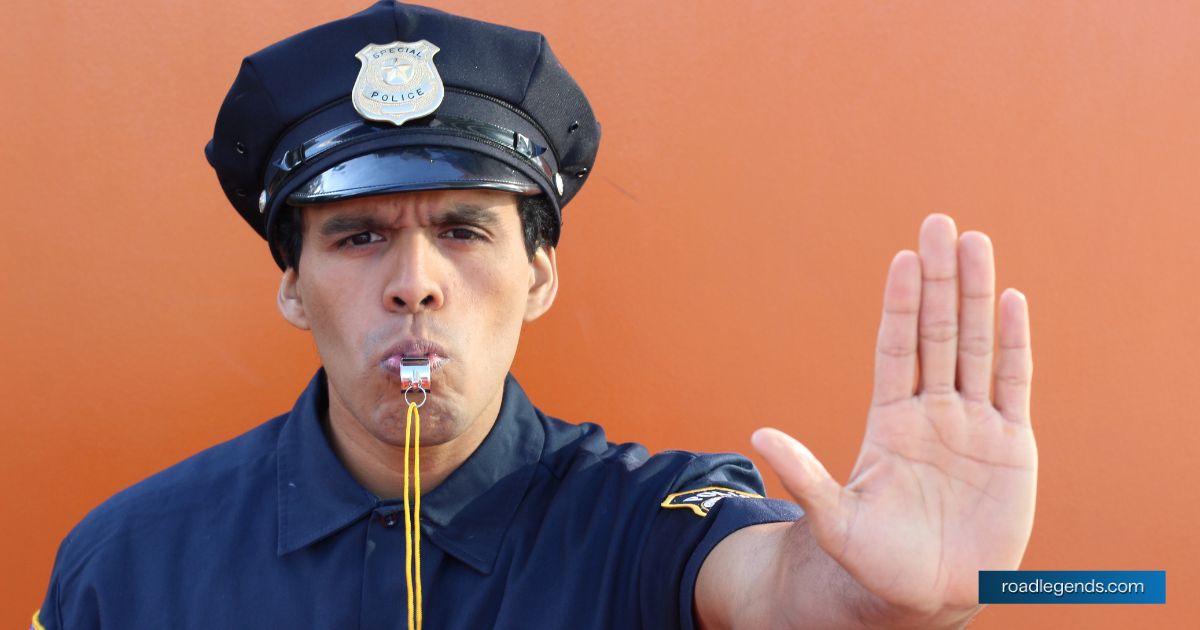
14 Hand Signals For Driving That You Should Know
Understanding the right use of hand signals for driving is important for your road safety. Signaling is both a legal requirement and a means of communication between drivers. Achieving the right balance between indicating your intentions and avoiding excessive signaling is also important for maintaining smooth traffic flow. During your driving test, examiners may evaluate your hand signals for driving, assessing your ability to signal appropriately and avoiding unnecessary or mistimed signals.
In this article, we will provide comprehensive guidance on correctly using hand signals for driving. We will explore the various types of hand signals, their interpretations, and the appropriate circumstances for their use. So let’s go!
Explaining hand signals for driving and their importance
Driving hand signals are hand gestures used by drivers to communicate their intentions to other drivers on the road. Drivers normally use these hand gestures when their lights are broken, visibility is low, or turn indicators are not working. Although sometimes accidents happen and we need to use these hand gestures, it’s recommended that truck drivers always maintain their trucks so proper signaling can be given to road users.
The importance of hand signals lies in their role in communication and promoting safety on the road. By clearly signaling their intentions, drivers can help prevent accidents and ensure smoother traffic flow. All drivers (whether truck or car drivers) need to understand these hand signals and use them appropriately to contribute to a safer driving environment for everyone.
The three most common hand signals
Three of the most common hand signals used while driving include:
Source: driving-tests.org
-
Left turn hand signal: Hold your arm straight out of the window to the left to indicate that you are turning left.
-
Right turn hand signal: Extend your arm upwards at a 90° angle to indicate that you are turning right.
-
Stop hand signal: Extend your arm downwards with your palm facing backward to indicate that you are coming to a stop.
While these are some basic hand signals for driving, we have some uncommon yet important ones too. Let’s take a look at them in our next section below.
Four uncommon hand signals
There are a few other hand signals for driving that are not used as much. Here are some and when you should use them:
-
Apology
Source: shermanstravel.com
If you accidentally cut someone off, putting your hand up with your palm facing them is like saying sorry. It's polite to do this to show you didn't mean to hurt them. Some people also make a "V" with their fingers to show peace.
-
Pull over for an emergency

Source: freepik.com
If you see a car with a flat tire, open trunk, or other problem, signal to them to pull over. Point to the problem area and give them a thumbs-down signal. Repeat if they don't see it.
-
Problem with your lights
Source: brightside.me
Another hand signal drivers should know is for when their lights aren't working right. This could be a broken headlight or blinker. To signal this, open and close your hand repeatedly towards the other driver, touching your thumb and fingertips together when your hand closes.
-
Warning
This isn't a hand signal, but it's important. When there's a problem ahead like an accident or debris, drivers flash their headlights to warn others.
Traffic police signals
Understanding traffic police signals is also important for safe driving. These signals are instructions given by traffic police to guide drivers on the road. Now that we walked you through your hand signals, let’s also take a look at hand signals given by traffic police below:
-
Stop signal
Source: istockphoto.com
When the officer raises their hand, it means stop your vehicle. You should come to a complete stop and wait for further instructions.
-
Go signal
Source: alamy.com
When the traffic police wave their hand forward, it means you can proceed. However, make sure to do so cautiously and obey traffic laws.
-
Slow down
Source: shutterstock.com
If the traffic police extend their arm downward, it's a signal to reduce your speed. Slow down and proceed with caution.
-
Turn left or right
Source: elements.envato.com
When the officer points their arm to the left, you should turn left at the upcoming intersection if that's your intended direction.
Similarly, if the officer points their arm to the right, it's a signal to turn right at the next intersection if that's where you're going.
-
Warning sign stopping all vehicles
When the traffic police raise both hands horizontally, this means there is some danger ahead, such as an accident or landslide, and they want all vehicles to stop.
-
Stop vehicles from front and behind
Source: elements.envato.com
This means the traffic police is stopping vehicles coming from behind and front to maintain the flow of traffic.
-
Allow vehicles coming from the right and stopping traffic from the left
This is a signal to allow traffic to come from the right and stop those coming from the left. If the signals are opposite that means the traffic flow signals are for the other sides.
Tips for using hand signals for driving
We have already discussed the importance of using hand signals for driving. These signals provide clear communication with other road users, enhancing safety and reducing the risk of accidents. Here are some of our tips for using these hand signals:
-
Visibility: Always make sure your hand signals are easy to see for other drivers and people walking. Use them when it's bright outside, and if it's getting dark, you could wear gloves that reflect light.
-
Timeliness: Signal well before you do something so others have enough time to react safely.
-
Supplementary use: Remember, hand signals should add to your vehicle's turn signals, not replace them completely. They're helpful if your turn signals don't work.
Knowing when and how to use these hand signals while driving ensures your safety and contributes to the overall safety of everyone on the road. By effectively understanding and using these signals, you can communicate your intentions clearly, leading to smoother traffic flow and fewer misunderstandings among drivers.
We hope you know your signals well
Knowing hand signals not only helps improve traffic flow but also prevents misunderstandings among drivers. By comprehending and correctly employing hand signals, drivers can navigate diverse situations confidently, ensuring their journeys are safe and smooth. Moreover, hand signals for driving act as a universal language on the road, enabling drivers to express their intentions clearly to others, despite the language barrier. So, knowing the basic hand signals for driving ensures your safety on the road and contributes to a more efficient traffic flow.

Best 11 Trucking Podcasts We Bet You’ll Actually Enjoy
Country playlists and radio talk had their charm, but podcasts have completely changed the game for drivers. Check out this list of the 11 best trucking podcasts.

6 Practical Ways To Manage Truck Downtime Before It Costs You
Truck downtime can drain your revenue and hurt customer satisfaction. Discover simple, proactive steps to reduce downtime, improve fleet performance, and keep your trucks on the road where they belong.

Driver’s Knee Got You Down? Here’s How to Fight Back
Spending long hours on the road can lead to knee pain, known as Driver’s Knee. Learn how truckers can prevent and manage this common issue.
